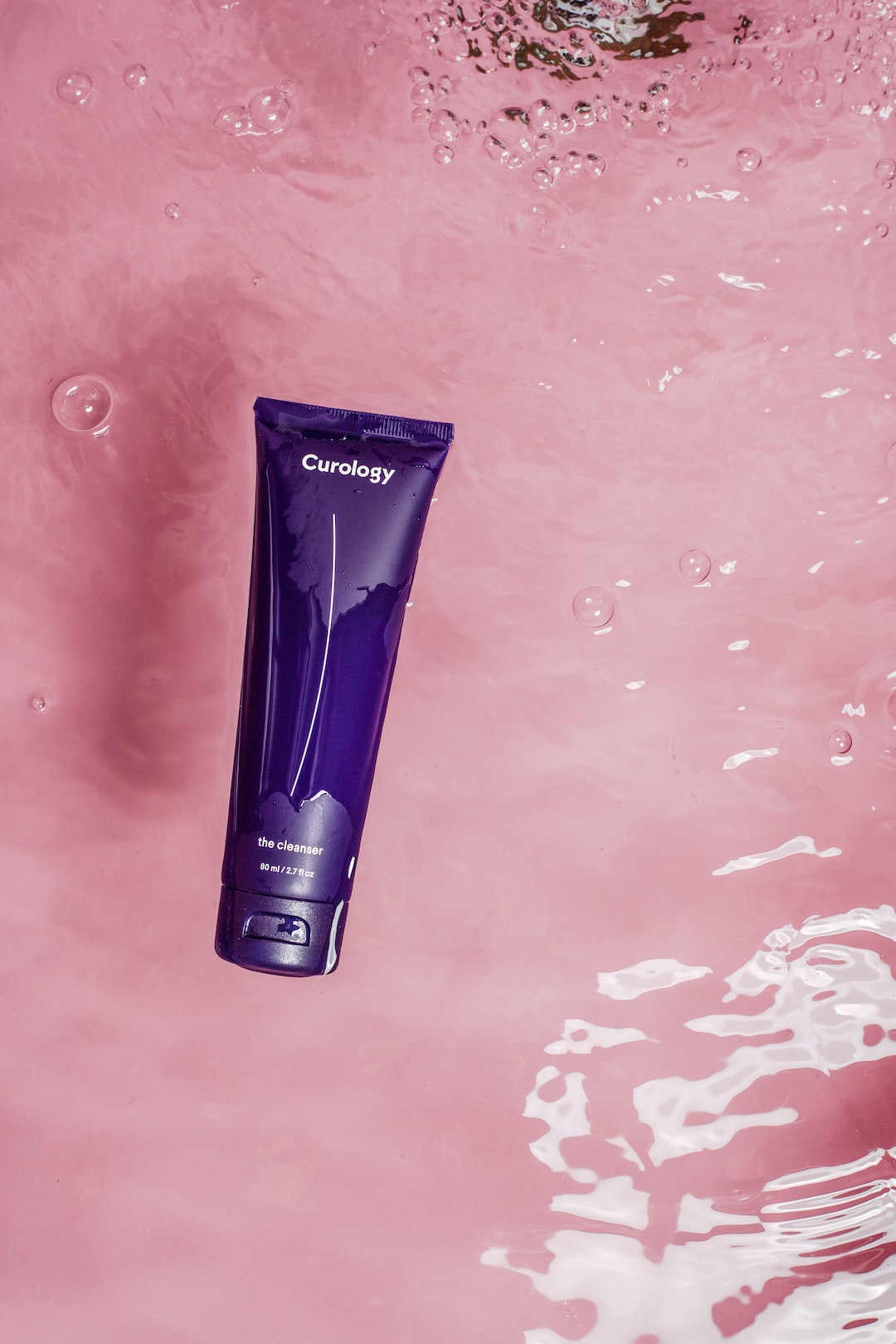Beauty Rituals from Around the World: Insights from Different Cultures
Beauty has always been a universal concept, but the ways in which people define and achieve it can vary greatly across different cultures. From ancient times to the present day, societies around the world have developed unique beauty rituals and practices that reflect their values, traditions, and natural resources. Let’s take a trip around the world to explore the fascinating beauty rituals from different cultures.
In Japan, the geisha culture has long been admired for its graceful elegance and flawless complexion. One of their secrets lies in the use of rice powder. For centuries, Japanese women have used rice water and rice bran to cleanse and exfoliate their skin, believing it provides a youthful glow and tightens pores. Today, this practice can still be found in many Japanese homes and beauty salons.
Moving to India, the ancient practice of Ayurveda plays a significant role in beauty rituals. Ayurveda believes that beauty should be nurtured from within, and a holistic approach is followed. Ayurvedic beauty rituals often involve the use of herbs, oils, and pastes made from natural ingredients such as turmeric, sandalwood, and neem. These are used to nourish the skin, treat specific skin conditions, and maintain overall well-being.
In the Middle East, particularly in countries like Morocco, the hammam ritual has been a vital part of women’s beauty routines for centuries. Hammams are public steam baths where women gather to cleanse, purify, and beautify their bodies. Exfoliation with a special glove called “kessa” is the focal point of this ritual, followed by application of various natural ingredients like black soap, rhassoul clay, and argan oil to leave the skin soft, smooth, and glowing.
Traveling to South America, we find the ancient Inca civilization and their beauty techniques. The indigenous people of Peru have long used a vibrant red plant extract called “achiote” as a natural dye to color their lips and cheeks. This practice is still prevalent today, and the achiote seeds are also used to create body paints and temporary tattoos during ceremonial events.
In Africa, various tribes have their own beauty rituals that are passed down through generations. The Maasai tribe in Kenya and Tanzania are known for their distinctive beauty practices, such as stretching their earlobes and wearing intricate beadwork. They also apply a red paste made from crushed ochre-rich rocks, mixed with animal fat, to their bodies as a form of decoration and protection from the sun.
In South Korea, another country known for its focus on beauty, the 10-step skincare routine has gained popularity worldwide. This multi-step regimen includes cleansing, exfoliating, toning, using essence, serum, and moisturizer, amongst other steps. Koreans believe that taking care of their skin is a form of self-care and reflects their respect for themselves and others.
These are just a few examples of the beauty rituals found around the world. Each culture offers unique insights into what it means to be beautiful and how individuals can enhance their natural features. It’s a powerful reminder that beauty is not a singular concept but a diverse and multicultural tapestry.
Exploring beauty rituals from different cultures can also inspire us to embrace new practices and incorporate them into our own routines. By appreciating and learning from these ancient traditions, we not only expand our knowledge but also enrich our personal beauty journeys.
In conclusion, beauty rituals from around the world tell a captivating story of humanity’s relationship with aesthetics, self-care, and cultural identity. They serve as a reminder that beauty knows no boundaries and can be found in the diversity of traditions and practices of people from all walks of life. So, let’s celebrate these beauty rituals from different cultures and bring a touch of global charm to our own beauty routines.

